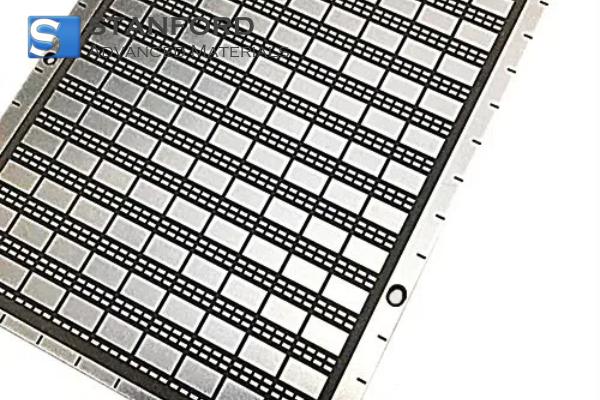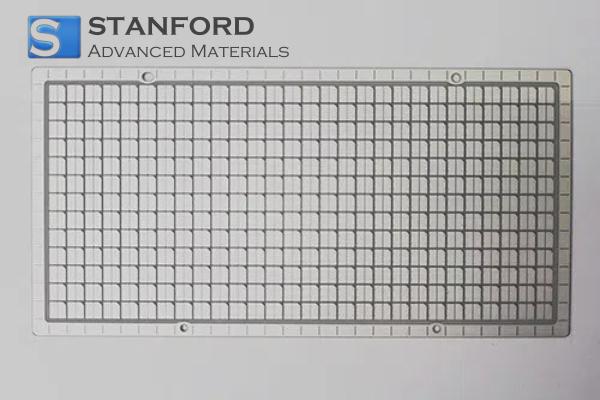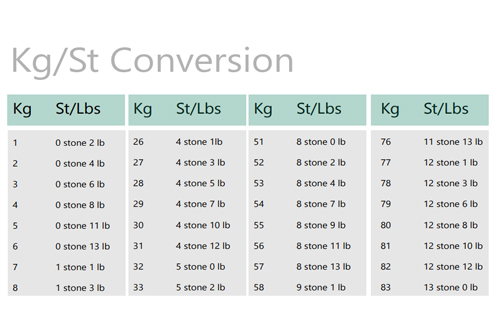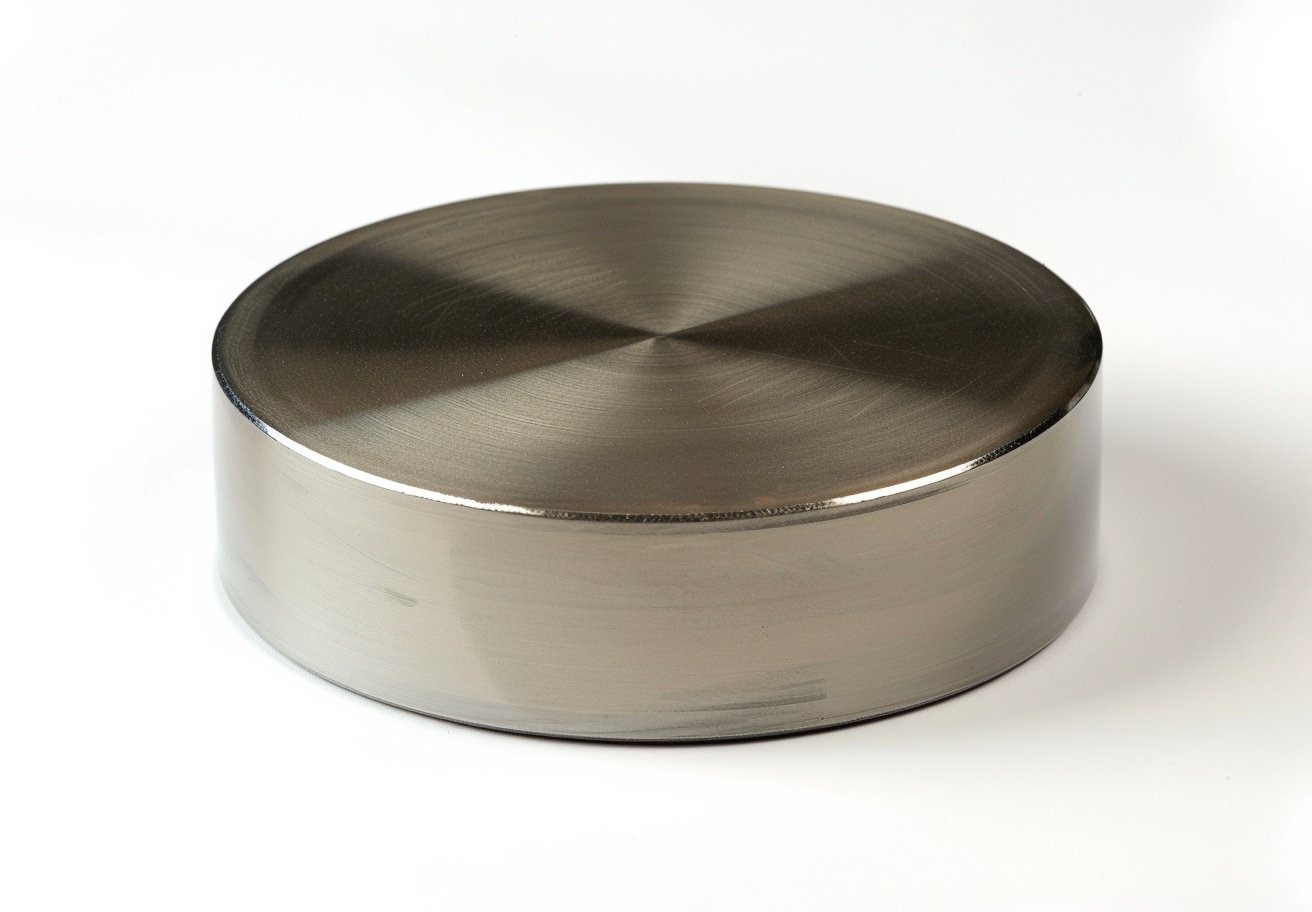Ferromagnetism: Causes And Examples
What Is Ferromagnetism
Ferromagnetism is a form of magnetism where materials can become magnetized and retain their magnetization even after the external magnetic field is removed. This property is most commonly observed in metals such as iron, cobalt, and nickel, enabling these materials to function as permanent magnets. Ferromagnetic materials are characterised by their strong interaction with magnetic fields, which is crucial for many industrial and technological applications.

Causes of Ferromagnetism
Ferromagnetism arises from the behaviour of electrons within a material, specifically their spins and the resulting magnetic moments. Generally, every electron generates a tiny magnetic field due to its spin. In most materials, these magnetic moments cancel out because the electron spins are randomly oriented. However, in ferromagnetic materials, the spins of electrons in specific regions, known as magnetic domains, tend to align in the same direction, leading to a net magnetic moment and the ability to retain magnetization.
Several factors contribute to this phenomenon:
- Electron Spin Alignment: The most crucial factor in ferromagnetism is the alignment of electron spins within the material. When these spins align, the magnetic fields from each electron combine, creating a strong overall magnetic field for the material.
- Exchange Interaction: This quantum mechanical effect causes neighbouring electrons to align their spins in the same direction. The exchange interaction occurs due to the Pauli Exclusion Principle, which governs electron behaviour, and the Coulomb force between electrons.
- Magnetic Domains: Ferromagnetic materials are divided into small regions called magnetic domains, where the magnetic moments of atoms are aligned. Each domain may point in a different direction, but when the material is magnetised, the domains align in the same direction, resulting in a net magnetization.
- Curie Temperature: The Curie temperature is the critical point at which a ferromagnetic material loses its ferromagnetic properties. Above this temperature, thermal energy disrupts the alignment of the electron spins, causing the material to transition to a paramagnetic state, where the material becomes weakly magnetic and cannot retain magnetization.
Examples of Ferromagnetic Materials
Ferromagnetic materials are essential in both everyday products and advanced technological applications. Some well-known examples include:
|
Material |
Key Properties |
Common Applications |
|
Iron (Fe) |
Most commonly used ferromagnetic material; high magnetic permeability |
Manufacture of permanent magnets, transformers, magnetic storage devices |
|
Cobalt (Co) |
High magnetic permeability; stable at high temperatures |
High-performance permanent magnets, alloys for high-temperature applications |
|
Nickel (Ni) |
Widely used in alloys; good magnetic properties |
Magnetic devices, electronic components, batteries |
|
Composed of aluminium, nickel, and cobalt; strong, stable magnetic fields |
Permanent magnets in motors, generators, and other industrial applications |
|
|
Rare Earth Metals (e.g., Neodymium) |
High strength; exceptional magnetic properties |
High-strength magnets in motors, hard drives, medical devices |
|
Iron Oxides (Magnetite, Fe₃O₄) |
Naturally occurring ferromagnetic material; magnetic data storage properties |
Magnetic data storage, research applications in magnetism |
Applications of Ferromagnetic Materials
Ferromagnetic materials have a broad range of applications, largely due to their ability to retain magnetization and generate strong magnetic fields. Some key applications include:
- Permanent Magnets: Used in a wide range of devices, from household items such as refrigerator magnets to more complex technologies such as motors, speakers, and electric generators.
- Electric Motors and Transformers: The magnetic cores in electric motors and transformers are often made from ferromagnetic materials, which concentrate and enhance the magnetic field, improving the efficiency of these devices.
- Data Storage: Devices such as hard drives and magnetic tapes rely on the magnetic properties of ferromagnetic materials to store and retrieve data.
- Magnetic Resonance Imaging (MRI): MRI machines use powerful ferromagnetic materials to generate the magnetic fields necessary for medical imaging.
- Magnetic Sensors: Ferromagnetic materials are used in sensors to detect magnetic fields. Applications include compasses, automotive sensors, and proximity switches.
- Magnetic Levitation: Systems relying on magnetic levitation, such as high-speed trains (maglev), use powerful ferromagnetic materials to allow the trains to float above the tracks, minimising friction and enabling faster speeds.
Types of Magnetism
Magnetism can be categorised into different types based on the material's response to an external magnetic field. Each type exhibits distinct characteristics:
|
Type of Magnetism |
Key Characteristics |
Examples |
|
Ferromagnetism |
Strong magnetic properties; retains magnetization after the external field is removed |
Iron (Fe), Cobalt (Co), Nickel (Ni) |
|
Paramagnetism |
Weak magnetisation; only magnetised in the presence of an external magnetic field |
Aluminium (Al), Platinum (Pt) |
|
Diamagnetism |
Weak, negative magnetic response; repelled by magnetic fields |
Copper (Cu), Graphite (C) |
|
Antiferromagnetism |
Adjacent atoms/ions have opposite spins, leading to no net magnetic moment |
Manganese Oxide (MnO) |
|
Ferrimagnetism |
Unequal opposing spins, resulting in a net magnetic moment |
Magnetite (Fe₃O₄) |
Frequently Asked Questions (FAQs)
What is ferromagnetism?
Ferromagnetism is the property of certain materials to become magnetised and retain their magnetisation even after the external magnetic field is removed. It occurs due to the alignment of electron spins within the material.
Why do ferromagnetic materials retain magnetisation?
Ferromagnetic materials retain magnetisation because the spins of the electrons align in the same direction, creating magnetic domains that collectively produce a permanent magnetic field.
What is the Curie temperature?
The Curie temperature is the temperature above which a ferromagnetic material loses its ferromagnetic properties and becomes paramagnetic due to thermal disruption of the electron spin alignment.
Can ferromagnetic materials lose their magnetisation?
Yes, ferromagnetic materials can lose their magnetisation if exposed to high temperatures, external magnetic fields, or physical shocks that disturb the alignment of the magnetic domains.
What are some common applications of ferromagnetic materials?
Ferromagnetic materials are used in various applications, including permanent magnets, electric motors, transformers, hard drives, MRI machines, and magnetic levitation systems.

 Bars
Bars
 Beads & Spheres
Beads & Spheres
 Bolts & Nuts
Bolts & Nuts
 Crucibles
Crucibles
 Discs
Discs
 Fibers & Fabrics
Fibers & Fabrics
 Films
Films
 Flake
Flake
 Foams
Foams
 Foil
Foil
 Granules
Granules
 Honeycombs
Honeycombs
 Ink
Ink
 Laminate
Laminate
 Lumps
Lumps
 Meshes
Meshes
 Metallised Film
Metallised Film
 Plate
Plate
 Powders
Powders
 Rod
Rod
 Sheets
Sheets
 Single Crystals
Single Crystals
 Sputtering Target
Sputtering Target
 Tubes
Tubes
 Washer
Washer
 Wires
Wires
 Converters & Calculators
Converters & Calculators
 Write for Us
Write for Us





 Chin Trento
Chin Trento



